To drink better wine, start with these new names.

By: Ray Isle
Published on November 21, 2024
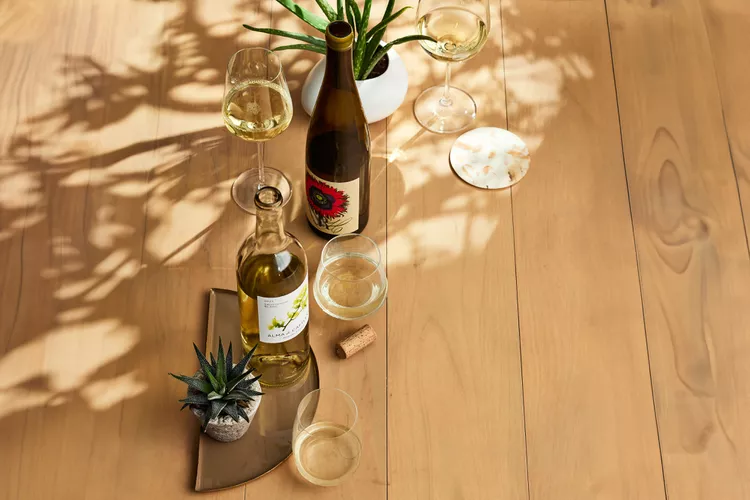
These 15 wineries have only hit the scene in recent years, but they represent some of the most exciting trends in California wine. Most are quite small, as vineyard land in California is largely out of financial reach for younger winemakers, even in lesser-known regions than Napa Valley and Sonoma, but the quality they offer is exceptional.
Most often, the best way to find these wines is to reach out directly to the winery, either to purchase bottles, learn where they are sold, or to schedule a visit. Though many of these producers don’t have actual tasting rooms, most will schedule a visit by appointment. You’ll usually taste wines with the winemaker themself, often amidst barrels and tanks.
(Note: I’ve defined a “new” producer here as within 10 years from the winery’s first vintage. Wine is slow. With one vintage per year, it often takes several vintages for a winery to hit its stride.)
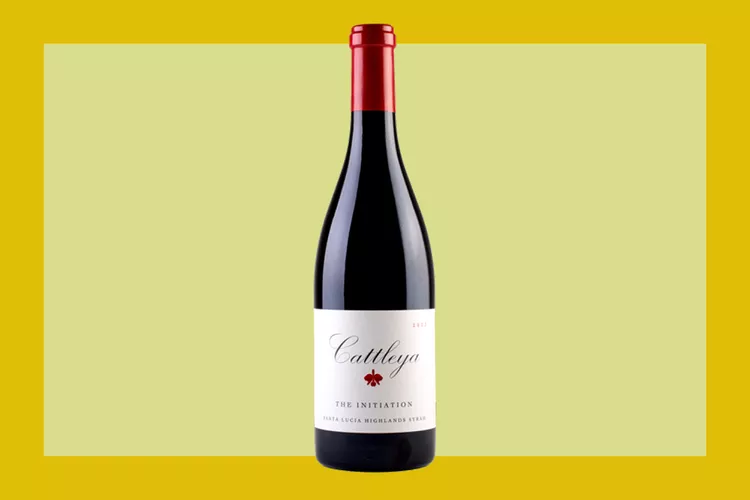
Alma de Cattleya
Colombia native Bibiana González Rave knew by age 14 that she wanted to be a winemaker. After she studied at the University of Bordeaux, González Rave worked at top wineries such as Château Haut-Brion, La Mission Haut-Brion and Château la Dominique in Bordeaux; Michel & Stephane Ogier and Domaine Clusel-Roch in Côte-Rôtie; and Lynmar Estate in the U.S., before she started her own company in 2012.
González Rave makes wine under several labels: Cattleya, which specializes in higher-end, appellation-blend and single-vineyard wines; Alma de Cattleya, for more affordable regional cuvées; and Shared Notes, a joint project with her husband, Jeff Pisoni, of Pisoni Vineyards.
Her 2022 Cattleya The Initiation Syrah ($70) is terrific, albeit hard to find. Contact the winery directly, or use wine-searcher.com. The brisk 2023 Alma de Cattleya Sonoma County Sauvignon Blanc ($26) is effortlessly drinkable.
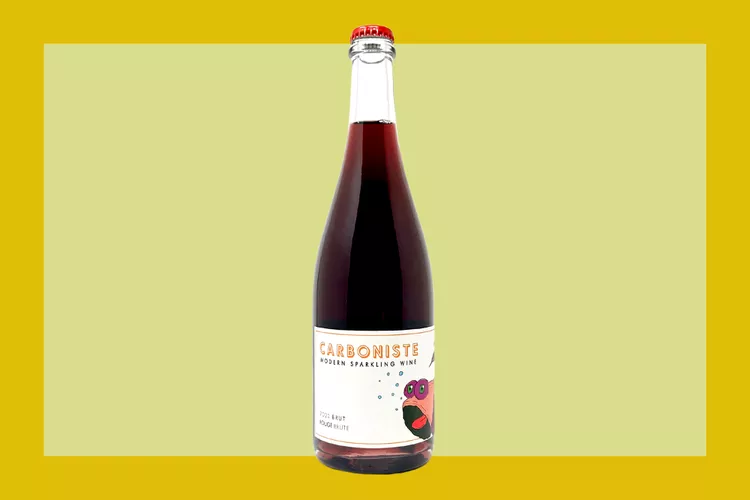
Carboniste
Husband-and-wife team Dan and Jacqueline Person make sparkling wine, but these aren’t your typical California sparklers. Carboniste leans into the unusual, but very much the deliciously unusual; as Dan Person says, “Why are we trying to make Champagne in California?” The ruby-hued, juicy Carboniste Rouge Brute ($32), a blend of Merlot and Albariño, helps make his point.
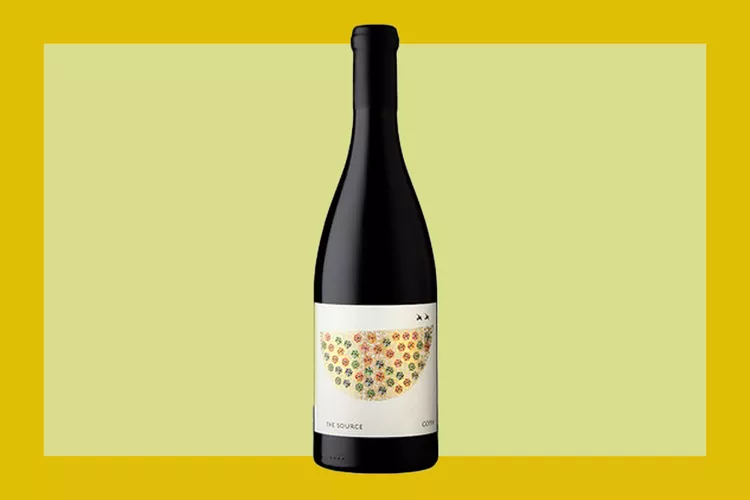
Copia Vineyards and Winery
Varinder and Anita Sahi’s Copia, inspired by a road trip to Paso Robles in 2015 and founded two years later, is one of the names to watch in the region. Its focus is primarily on Rhône varieties, with grapes sourced from Copia’s 50-acre estate in Paso’s Willow Creek District and an additional 26 acres in the Adelaida District. The result are wines like the powerful, violet-scented, peppery 2021 Copia The Source ($70), made almost entirely from Syrah, with tiny percentages of Grenache and Viognier. It was a standout at the 2023 Rhone Rangers tasting in Paso Robles, among some very stiff competition, and most likely a harbinger of excellent wines to come.
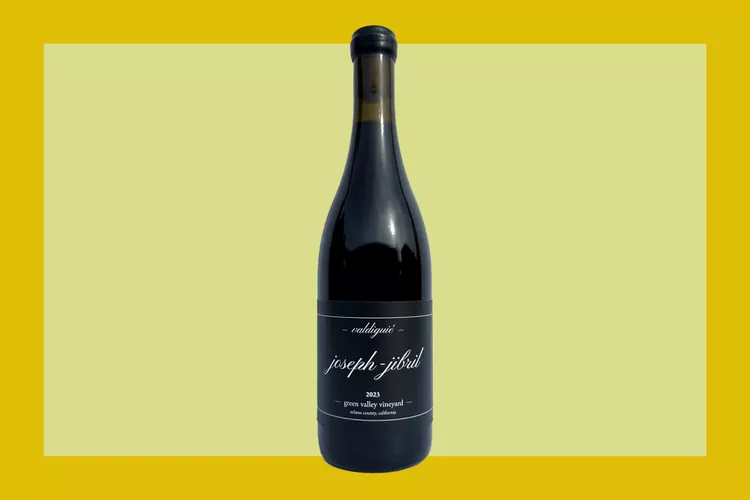
Joseph-Jibril
Winemaker friends Bobby Huff and Jaam Moynihan started this small venture, based in Healdsburg, while working for other wineries, a trend among assistant winemakers and other cellar employees in their off-time (such as it is). They work with organically farmed vineyards and have a minimal-intervention approach to winemaking, though not too minimal. Seek out the 2023 Joseph-Jibril Valdiguié ($30), a crisp, light-bodied, ultra-refreshing red made with grapes from the Green Valley Vineyard in Solano County. (Note: the name of the winery, Joseph-Jibril, comes from their middle names; calling it “Bobby-Jaam,” they decided, was a non-starter.)
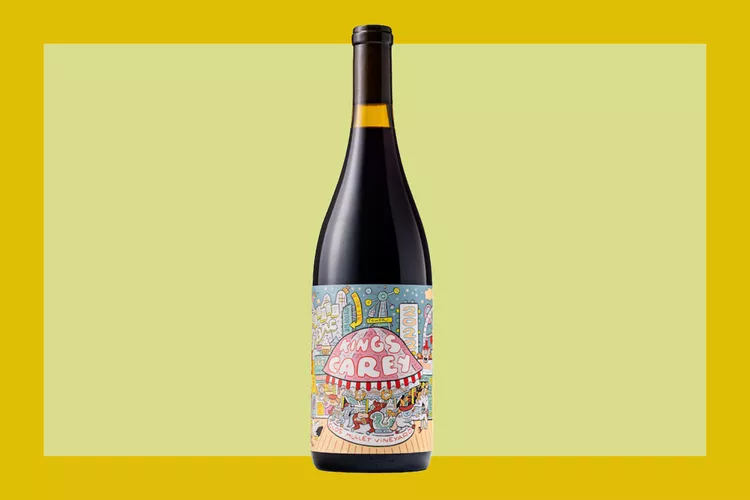
King’s Carey
James Sparks is the winemaker for Liquid Farm, which produces excellent Chardonnays, among other things. In his spare hours, he and wife Anne Ferguson-Sparks run their own brand, King’s Carey.
Sourcing fruit from around Santa Barbara County, he makes beautifully expressive, but not flashy wines. Rather than whop you over the head with big fruit and oomphy tannins, they linger in your memory after each sip. His sources are mostly certified organic.
“It really comes down to the fine details,” he says. “There are organic vineyards, for example, who irrigate like there’s no tomorrow, which counteracts on a larger level the good they might be doing with an organic program.” The real question, for Sparks, is whether the grapes are grown in a manner that respects the land and allows the fruit to express terroir.
Anything Sparks does with Grenache is not to be missed. Recently I was also wowed by his cedary, lithe 2022 King’s Carey Clos Mullet Vineyard Cabernet Franc ($40) and its vivid pop of red fruit flavor. Only 70 cases were made, though, so contact the winery directly, or visit the new tasting room in Solvang.
What’s the story behind the name? Anne says, “I’m from Kings Point, New York, and James is from Carey, Idaho. If you pull one of our corks, there are little Google coordinates printed on each side of the cork. Enter those into Google, and they’ll point to each of those locations. It’s like a little scavenger hunt in every bottle.”
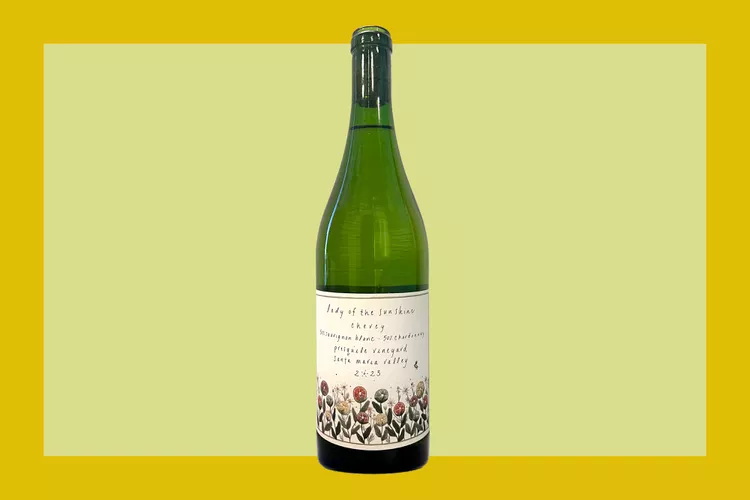
Lady of the Sunshine
Gina Giugni grew up on a biodynamic farm in the Sierra Foothills, which makes her likely the only second-generation biodynamic winemaker in California. “At a certain point, I started asking myself, ‘Why do we farm this way, and our neighbors don’t?’” she says.
Today, she makes her Lady of the Sunshine wines in a low-key warehouse near San Luis Obispo. Her husband, Mikey Giugni, makes his acclaimed Scar of the Sea wines there as well. Both focus on regenerative agriculture and biodynamics, “but not taken so seriously that it’s not fun,” says Gina. “Still, some of the local farmers definitely find it a little strange. We asked the folks across the road if they’d let us have the manure from their cows, and they were like, ‘What? You want our poop?’” Fresh manure, of course, is not just helpful as fertilizer, but as an ingredient in several biodynamic preparations. “We told them, yes, we really, really do. So they shrugged and said, ‘OK. You’re weird, but sure. You want a bunch of cow crap, take it.’”
Look for her brisk, bright 2023 Lady of the Sunshine Chevey ($36), a lemongrass-scented 50/50 blend of Sauvignon Blanc and Chardonnay that’s a nod to the wines of the Loire Valley’s Cheverny appellation.
And about that name? Mikey says, “Well, Gina is the lady of the sunshine.” Gina is quick to add, “And so are the wines, and so is the vineyard, and so are the people who work for us.”
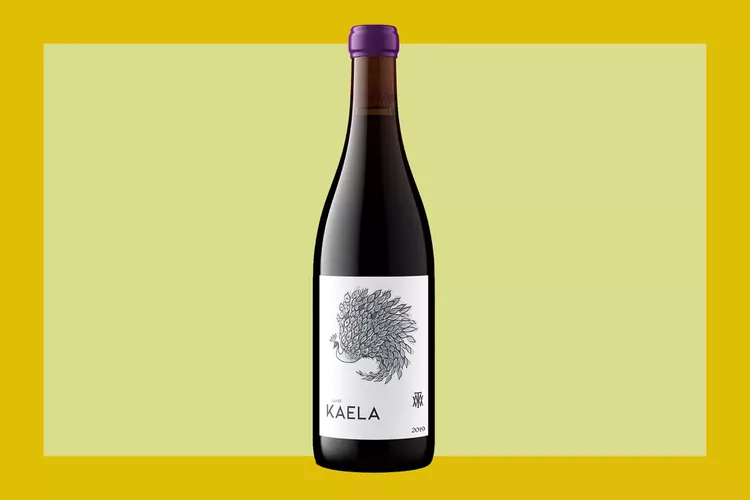
Matt Taylor Wines
Matt Taylor makes a small amount of very impressive, very hands-off wine from a tiny pocket of vineyard land outside Occidental, in the far Sonoma Coast.
“For better or worse, I’m not a fan of California Pinot, generally,” he says. “We have a lot of overamplified Pinot out there.” And yet, Pinot Noir is what he’s gotten attention for: taut, linear, expressive wines made with minimal or no sulfur use.
Taylor’s 6.5-acre vineyard is farmed with organic, biodynamic and regenerative practices. The latter, he says, are vital. “If you do permanent cover crop, it allows the native species to come back in. When you work this way, there’s a creation of nitrogen in the soil that means you can keep the tractors off. I’ve only hand-hoed my vineyard from the beginning. The basic idea is by late May or early June, everything dries out, and nothing is competing with the vines.”
You can taste the results in his distinctive, delicious 2019 Matt Taylor Cuvée Kaela Pinot Noir ($80), with its aromatic tea-leaf notes and spicy, tart, red-cherry character.
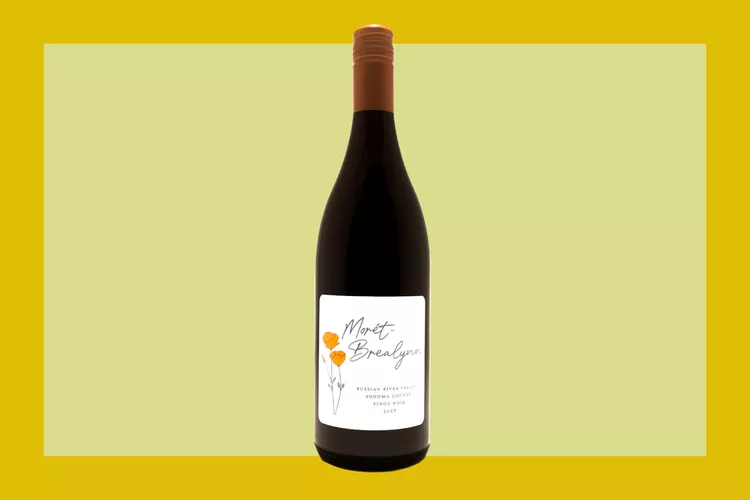
Morét-Brealynn Wines
Despite her French-sounding first name, winemaker Morét Brealynn Chavez is 100% Mexican, she likes to point out. She started on the hospitality side of wine, moved to the business side for a bit, only to realize what she was meant to do: winemaking. Her namesake label saw its first release with the 2021 vintage. Two vintages later, the aromatic, intense 2023 Morét-Brealynn Russian River Valley Pinot Noir ($50) from the third vintage she’s made (with consulting winemaker & husband Adam Lee), only confirms her impressive talent.
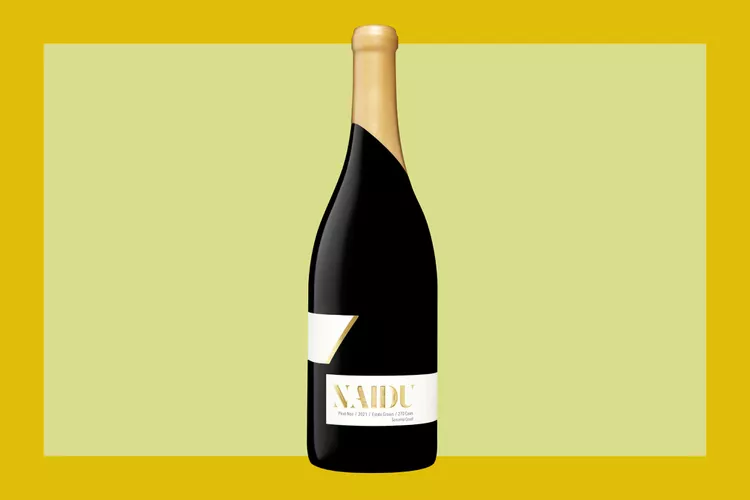
Naidu
Raghni Naidu, the proprietor of Naidu wines, was born in Amritsar, India, moved as a young adult to Melbourne, Australia, fell in love with wine in Provence, and now calls Sonoma County home.
Her namesake winery focuses on Pinot Noir from the 10-acre vineyard she farms with her husband on the Sonoma Coast, though she produces other wines as well from top Sonoma vineyards such as Catie’s Corner and Cassata (with the help of consulting winemaker Matt Duffy). For a taste of her home vineyard’s quality, seek out the juicy, red-fruited, layered 2021 Naidu Estate Pinot Noir ($75).
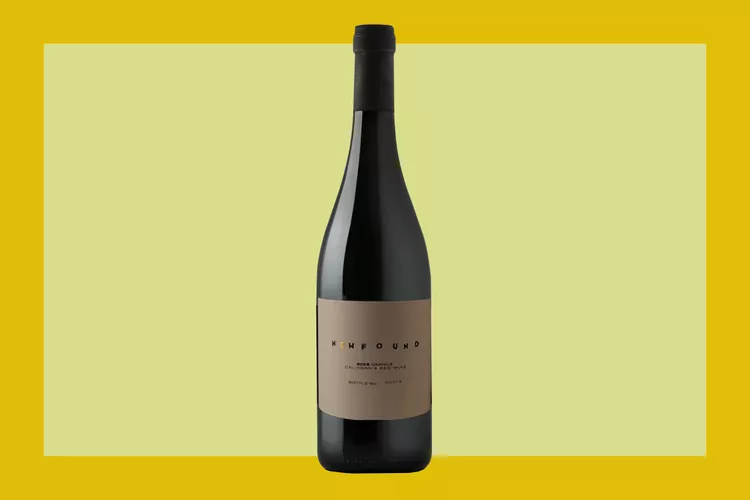
Newfound Wines
In Napa Valley, known for wineries owned by money-dripping tech billionaires, husband-and-wife Matt Naumann and Audra Chapman bootstrapped into business using their personal savings. When he arrived in California, he recalls, Naumann had just $500 in his checking account.
After a decade-plus at work for other wineries, the couple started Newfound. They make a range of impressive wines with fruit from vineyards in Napa Valley, Sonoma County, and beyond. Soon, that will include their own 40-acre, organic High View Vineyard in the Sierra Foothills, which they started to plant in 2018.
Though Grenache is the focus—because, Chapman says, “The way our Grenache comes across to me is pure California sunshine in a glass” — Newfound also makes excellent Chardonnay, Semillon, Mourvèdre, and other varieties. To get a sense of their style and approach, look for the cherry-scented, graceful 2022 Newfound Gravels Red ($30), a lingering blend of Grenache (64%), Carignane (22%), and Mourvèdre (14%). Newfound’s wines often sell out swiftly, so joining the winery’s mailing list is a very smart idea. You can also head to the winery’s charming tasting room, a small house on a leafy side street in St. Helena.
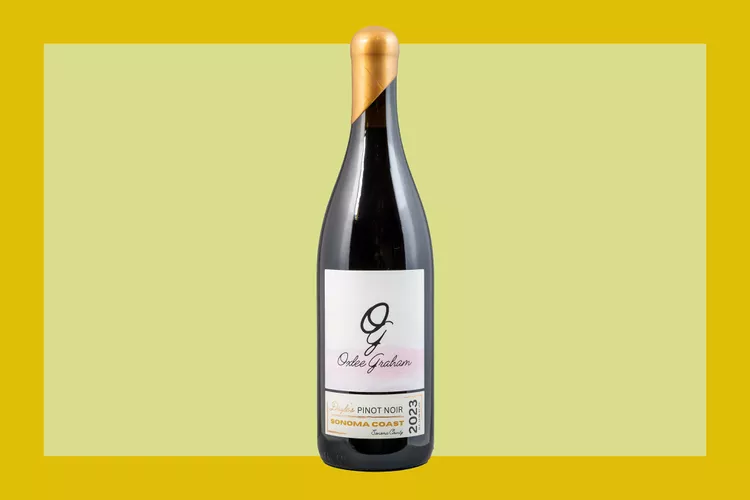
Oxlee Graham
Founded in 2022 by Jennie Murphy in Sonoma County, Oxlee Graham has swiftly garnered acclaim for its trio of terrific single-vineyard Pinot Noirs, as well as an alluring Picpoul-Chenin Blanc white, and a fairly take-no-prisoners Petit Verdot.
Perhaps the interest isn’t surprising. Most recently, Murphy was the director of winemaking for Paul Hobbs Vineyards, where she started as an enologist 12 or so years ago. She left to start Oxlee Graham, an homage to her grandmothers, Elinor “Oxley” Hannah and Mabel “Graham” Murphy.
Her Pinot Noirs are first-rate, sourced from vineyards in Mendocino, the Santa Cruz Mountains, and the Sonoma Coast. If you see the 2023 Oxlee Graham Dayle’s Pinot Noir Sonoma Coast ($58), from Murphy’s second vintage, don’t hesitate. It’s a supple, shimmering red, all wild berries and gossamer tannins, impossible to resist. The best way to find it is to reach out directly to the winery.
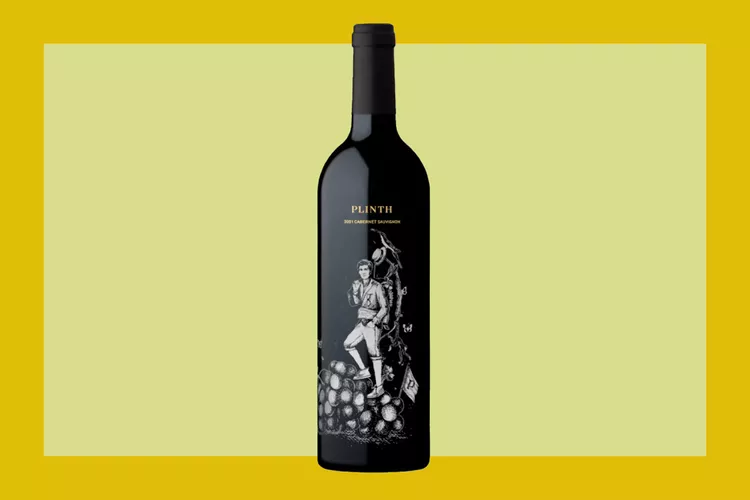
Plinth
After Jason Chang’s family decided to sell its much-acclaimed Nine Suns winery and its Houyi vineyard in Napa Valley, Chang and his wife Flora founded Plinth in 2022. “Plinth is Nine Suns’ adventurous offspring, rooted in its legacy but charting its own path,” says Flora, who helms the project.
The connective tissue between the two is the Houyi Vineyard, from which Plinth sources fruit under a long-term deal with new owner Realm Cellars. From those grapes, she and star consultant winemaker Philippe Melka crafted the winery’s excellent 2022 Plinth Houyi Vineyard Cabernet Sauvignon ($295).
It and the previous 2021 vintage have both been among the best reds I’ve tasted at the annual Inspire! Napa Valley fundraiser for Alzheimer’s research, against some incredibly well regarded names (Harlan Estate, Bryant Family, and the like). Plinth’s wines are pricey, get-on-the-mailing-list wines to be sure, but they’re among the rare few worth both the effort and cost.
Flora’s creativity extends beyond the vine. “I’m launching Plinth Pairings (slated for a December release), a card game designed to go beyond small talk and foster deeper connections over a glass of wine. It’s inspired by what I love most about wine—its role as a social glue in the human tradition.”
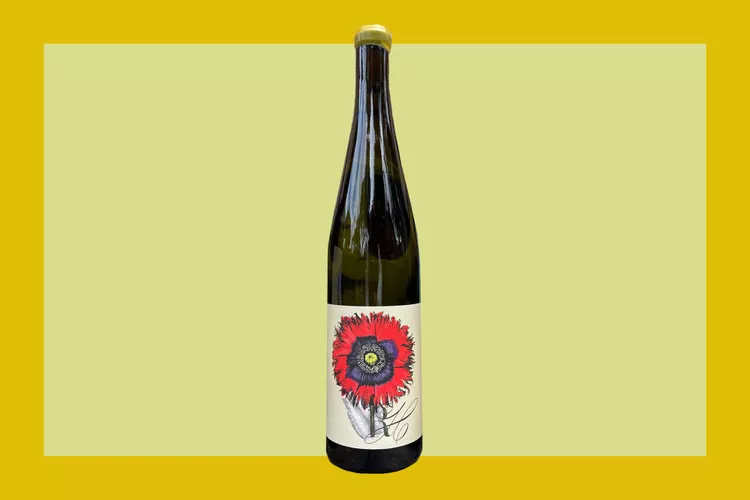
Read Holland
Sonoma county-based winemaker Ashley Holland planned to become an equine vet before an offhand decision to enroll in an “international beverage education” course altered her path toward wine.
A multiyear stint at New Zealand’s Two Rivers Winery led to a role as associate winemaker at Sonoma’s Three Sticks winery. She founded Read Holland in 2016 with local Anderson Valley friend Steve Read, becoming majority owner in 2022, though Read remains involved. (“One of my fave humans—I swear my Dad tapped him on the shoulder from heaven,” she says.)
Holland’s wines are precise, energy-filled expressions of the varieties she works with—Chardonnay, Pinot Noir, Sauvignon Blanc, and Riesling—one reason she has also become a sought-after consultant (among other places, at the impressive, organically farmed, woman-owned Brashley Vineyards in the Anderson Valley). She says about her work, “I believe in the beingness of the wine; my winemaking is focused on coaxing the wine to taste like more of what it is. I strive for site character without too much winemaker-influenced polish.” For a taste of her work, seek out the racy, lime-zesty 2023 Read Holland Wiley Vineyard Riesling ($30).
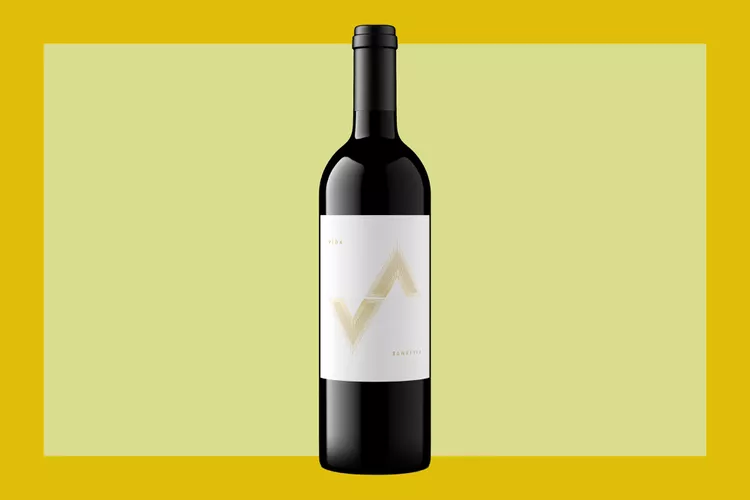
Vida Valiente
Vida Valiente’s wines are terrific. Perhaps that’s no surprise, as co-founder Hayes Drumwright also helped found top Napa Cabernet producer Memento Mori (where he remains a partner). But Vida Valiente, founded in 2019, does more than make wine.
It was established primarily to fund the Vida Valiente foundation, which each year selects 25 to 35 first-generation, low-income students to support throughout their four years of college. Starting in 2022, the foundation now fully supports 117 students.
Of course, the wines matter, too. Drumwright and his wife, co-founder Susana Cueva Drumwright, are partners in Vida Valiente with star winemaker Sam Kaplan and his wife, Nancy Kaplan, former chef de cuisine at Napa Valley’s La Toque restaurant.
Kaplan makes top-of-the-game Cabernet Sauvignon here, four bottlings sourced from the winery’s estate vineyard along with High Ranch and Beckstoffer To Kalon. All are extremely good, but the one to seek out is the graphite and cassis-scented 2021 Vida Valiente The Movement ($250). It’s powerful and elegant, plush with dark fruit flavor, the tannins caressing rather than sharp. From every bottle sold, $100 goes directly to the Vida Valiente Foundation.
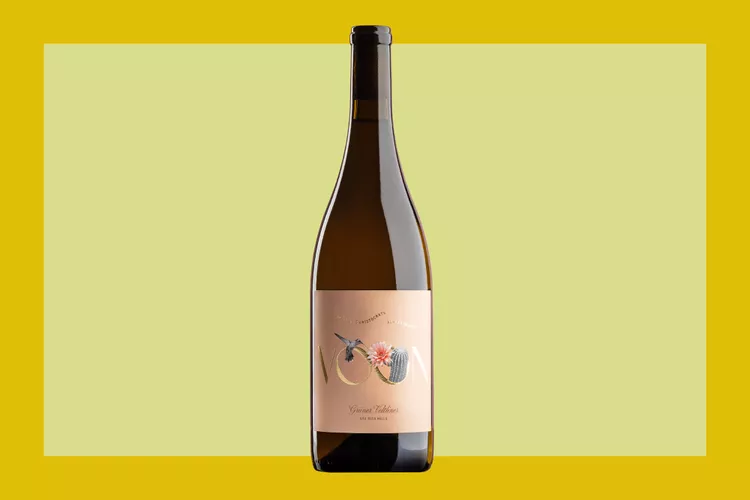
Voon
Founded by San Francisco-based partners Evan Anderson and Cameron Foxgrover, Voon produces excellent Pinot Noir and Chardonnay from the organic vineyards in Sta. Rita Hills. The winery hit the ground running with its impressive, initial 2020 vintage, and the next two have proved equally impressive. Winemaker Jessica Gasca, whose own Story of Soil wines are also worth seeking out, lends her deft touch to Voon’s elegant, less extracted interpretations of both Pinot Noir and Chardonnay, while Matt Brady (whose day job is head winemaker at Samsara) was tapped to make one of California’s few Grüner Veltliners. That wine, the 2023 Voon Sta. Rita Hills Grüner Veltliner ($38), uses fruit from the organically farmed Fiddlestix Vineyard and Spear Vineyards. It’s a lightly herbal/peppery, intensely flavorful white (that happens to be excellent with Peking duck).
Anderson and Foxgrover also embrace their role as a LGBTQ+ owned winery, and they donate each year to a charity that supports their values and beliefs. In 2024, that was the Trevor Project, which is the leading nonprofit suicide-prevention and crisis-intervention organization for LGBTQ+ youth.








